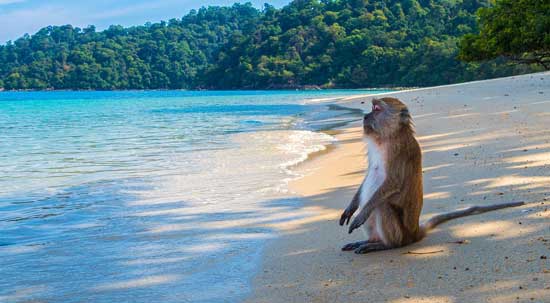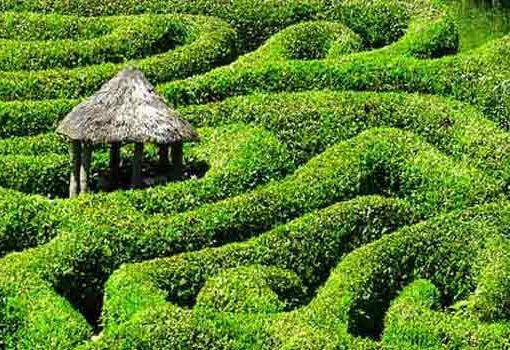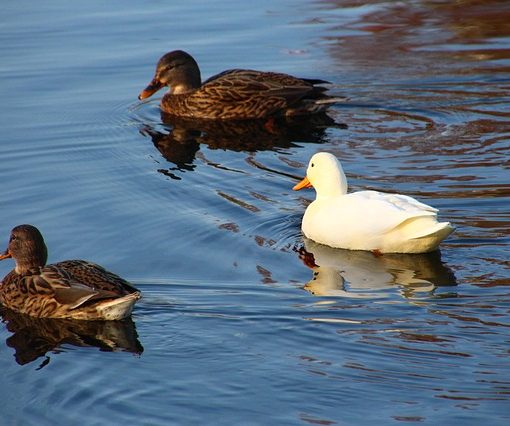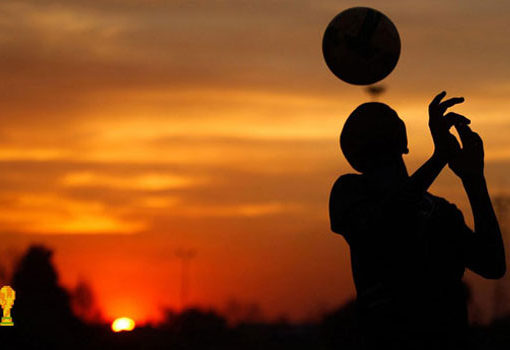
She knows so well how her kwas (hips) are folded deeply. Her knees are directly over her ankles with the feet flat on the ground. She does not think about this but simply squats naturally. Using one of the most powerful parts of our body, our kwa, may bring us strength, mobility, and balance through the years. As an added element, when we squat using our kwa, our tail (though not as long as the monkey’s tail) reaches back to help this folding. To come up, the tail engages a gentle push as the kwa unfolds. The engagement of the tail is an important subtlety I will address in another post.
Using the power of the kwa to squat or bend over is much more effective than “bending the knees” as we are often told. The knees are designed for transferring our weight, not bearing it. They transfer our weight down to the earth and allow the force of the earth to rise up and meet us. There is a two-way flow.
By utilizing the kwa, we are mobilizing all of the tissues in the hip region and allowing them to do what they are designed to do. For example, when you find the fluid articulation in the hip joint itself, the force (weight of the body downward and rebound force of the earth upward) is allowed to pass through the bones; the femur and the pelvic bone. This is of vital importance for long term health and strength of the femur and hip joint. When weight passes though the femur, it goes through the shaft, the neck and the head before transferring to the hip socket and the rest of the body. The bone tissue strengthens with use in weight bearing and movement. With the bones taking the function of their design, the surrounding muscles can do what they are designed to do and that is to move the bones. Muscles are not designed to hold and transfer weight. When they do, they strain, become rigid and injured. Our tissues naturally do what they are designed to do just with daily movement and without knowledge of folding the kwa. This may not be necessarily so. Experiment for yourself and squat like a toddler. Feel for yourself. No need to force it if it does not feel right. It may take some exploration on your part.
There are simple gradual steps to regain our natural flexibility and strength in our kwa. It takes a little time and practice to be able to fully articulate and initiate movement here. Though I cannot say with certainty as there are many factors affecting our physical and functional health, finding full fluid mobility and power of our kwa can lead to keeping our natural joints and mobility throughout our lives. And who knows, maybe you will even be able to squat down along with your children and grandchildren and meet them on their level face to face, eye to eye.



